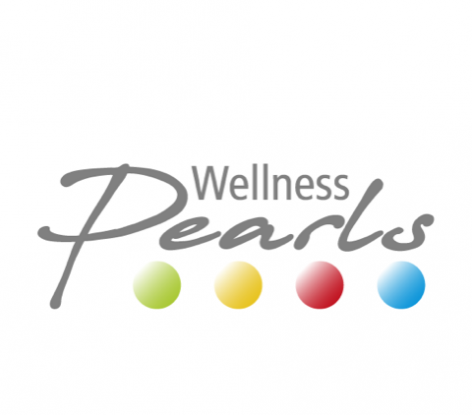Wellness dictionary
Little ABC for your spa-break questions ...
In their treatment discriptions, wellness hotels often use technical terms, which are hard to understand for potential guests. We have therefore collected and defined the most relevant terms in our small wellness ABC. A tip: Our wellness dictionary also supports word requests. You don't need to know the exact wording.
Select letters or search term:
Traditional Chinese Medicine (TCM)
Traditional Chinese Medicine (TCM) - History
Written notes on traditional Chinese Medicine go back approximately three thousand years in China. These are mainly literary works from scholars, who put their experiences into a philosophical theory. These have caused a lot of controversial discussion over the years amongst the scholars of various schools. This knowledge destroyed any belief that a consistent medicine existed in China.
Nowadays, Traditional Chinese medicine (TCM)
is considered as a variant of the Chinese medicine that was developed in China. This variant was developed in the Western world during the seventies as well as in communist China. TCM has its own diagnostic techniques like an
- examination of the tongue and
- pulse diagnosis
- pharmacotherapy,
- moxibustion,
- tuina massage and
- nutritional advice therapy as well as
- meditative exercise techniques like
- qi gong and
- tai chi.
Qi gong and tai chi was developed outside the medical system as a form of prevention and self-healing treatment. Even today, nutritional knowledge, which includes special diets and looking at the effect of natural herbs, is widespread in China.
The diagnosis of TCM consists of three methods:
- The consultation is similar to a Western diagnosis. The external appearance is also observed. This includes gesture and behaviour, facial expression, changes to the skin, hair, nose, lips and as well as excretions. The breath and the way in which we speak are also examined, as well as a person’s odour. Through touching, pressure-sensitive structures are identified, which is important for an acupuncture treatment.
- When making a diagnosis by examining the tongue, the state, consistence and the coating of the tongue will be checked. It is divided into different zones which are linked to different organs.
- For a diagnosis using the pulse, the therapist feels the artery with the forefinger, middle and ring finger on the left and right wrist. There are 28 types of pulse ranging between superficial, middle and deep finger pressure.
As soon as a diagnosis is made, a remedy mixture is prescribed which is mainly at the centre of a treatment.
The remedies are taken throughout the day and the effect is checked after a few days. If necessary, an adjustment of the formula is made.
If the TCM adviser thinks it is necessary, acupuncture or moxibustion will additionally be carried out. Also a special nutrition or exercise like qi gong can be suggested.
Traditional Chinese medicine mainly focuses on
- treating pain,
- functional disorders and
- chronic discomfort.
However, in principle, all diseases can be treated.
Related topics: Acupressure Acupuncture Chakras Chakra Meditation Chi Yang Healthysatisfaction Longevity Moxibustion Qi Qigong Qi-Massage Tai Chi chuan Tuina Massage Yoga

